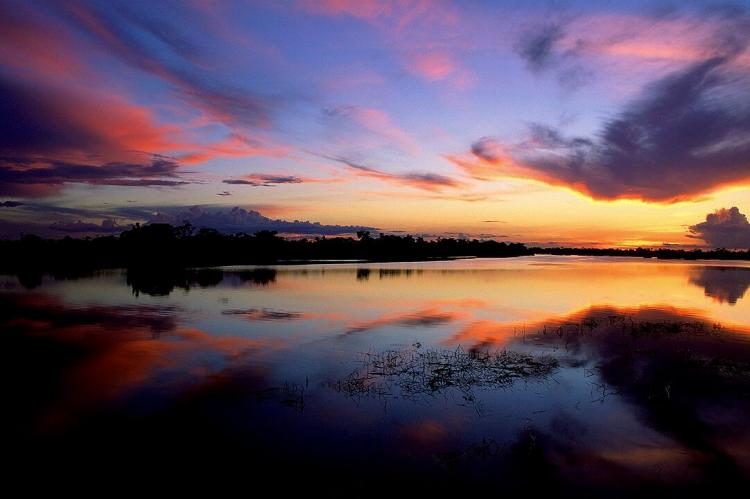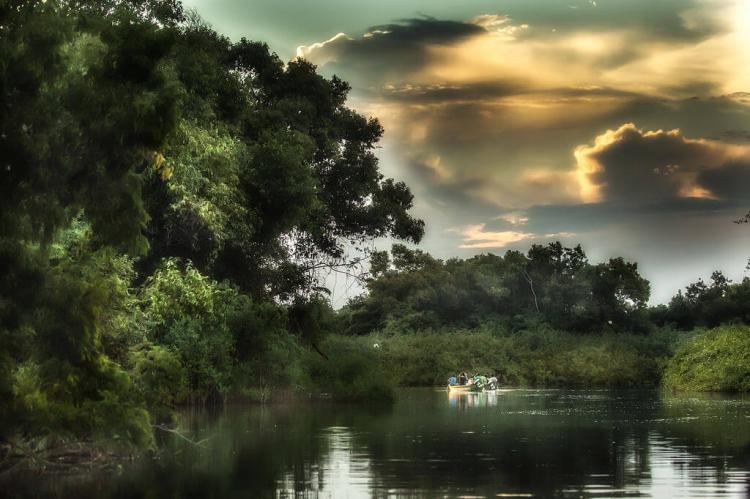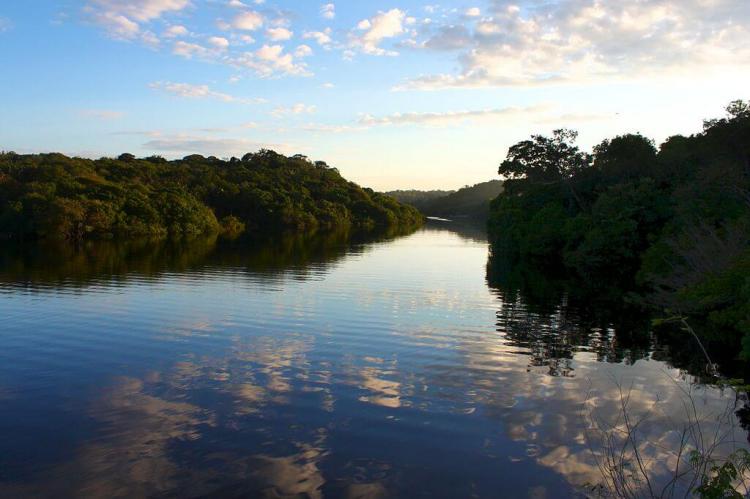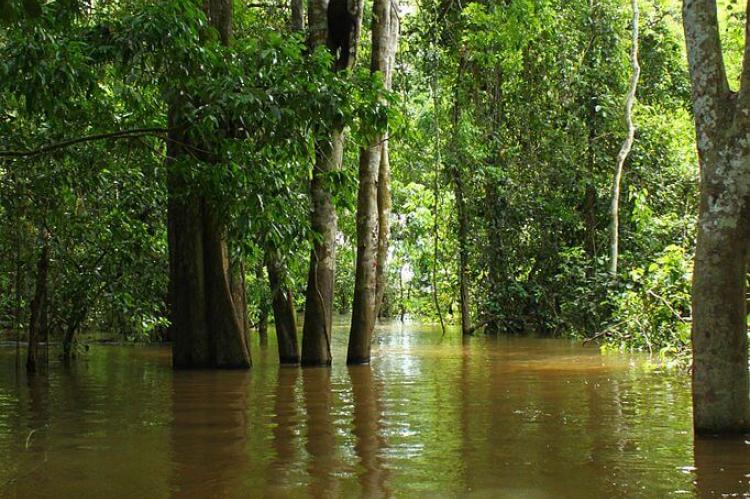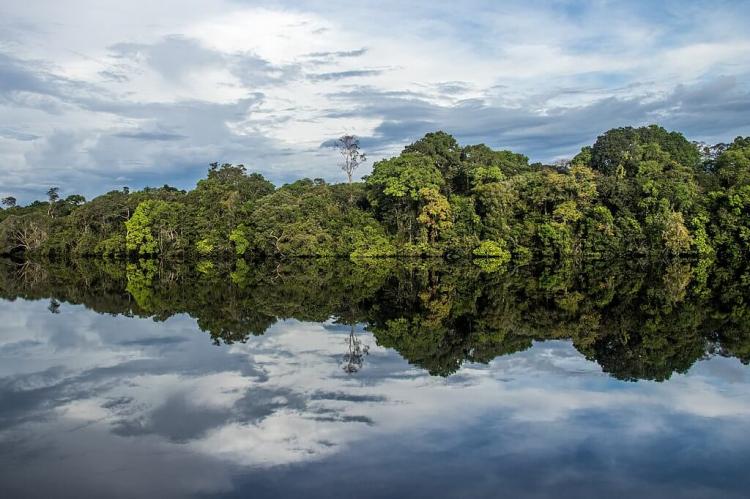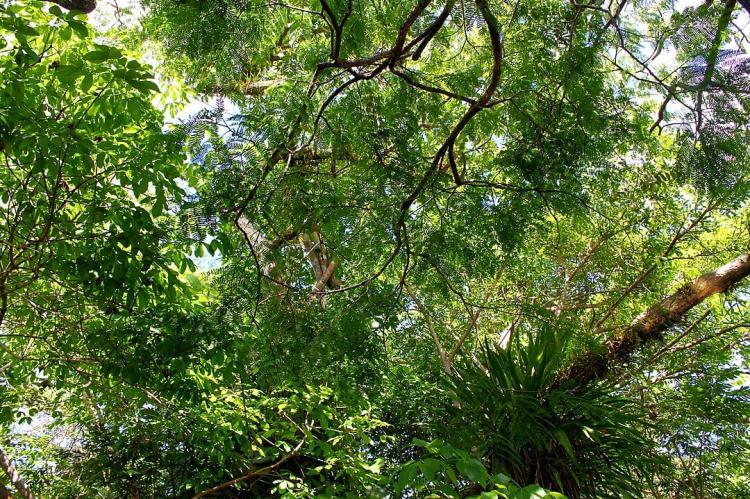Jaú National Park: A Vast and Untouched Amazonian Wilderness
Jaú National Park is one of Brazil's largest and most pristine protected areas in the heart of the Amazon. It is situated in northwestern Brazil and forms part of the Central Amazon Conservation Complex. This vast ecological corridor supports one of the richest biodiverse environments on Earth.
Exploring Jaú National Park: One of the World’s Largest Rainforest Reserves
Deep in the heart of the Amazon rainforest lies Jaú National Park, one of Brazil's largest and most pristine protected areas. The park, spanning an impressive 2,367,333 hectares (5,849,810 acres), is situated in the Amazonas region of northwestern Brazil, about 220 kilometers (140 miles) northwest of Manaus. Established in 1980 and recognized as a UNESCO World Heritage Site in 2000, Jaú National Park forms part of the Central Amazon Conservation Complex. This vast ecological corridor supports one of the richest biodiverse environments on Earth. This park offers an invaluable refuge for countless species of flora and fauna while playing a crucial role in global conservation efforts.
Geographical Significance of Jaú National Park
The Heart of the Amazon Basin
Jaú National Park is located within the Amazon biome, one of the planet's most vital ecosystems. It encompasses the entire Jaú River basin and is crisscrossed by three major rivers: the Jaú, the Unini, and the Carabinani, all of which drain into the mighty Río Negro. The park's landscape is characterized by dense, tropical rainforests covering approximately 77% of its area. The rest of the terrain comprises open rainforests, campinarana (a unique type of low forest growing on white sand), and transitional zones between these ecosystems.
The terrain of Jaú National Park is part of the Negro-Solimões interfluvial plateau, with two major geographical formations: the Trombetas/Negro plateau and the lower western Amazon plateau. The park's terrain exemplifies the diversity of the Amazon rainforest's landforms, ranging from floodplains to uplands. This geographic diversity supports a wide range of microhabitats and helps sustain its incredible biodiversity.
Climate and Hydrology
Jaú National Park receives abundant rainfall, averaging over 2,500 millimeters (98 inches) annually. The rainy season peaks between March and September, contributing to the region's dynamic hydrology. Temperatures in the park range between 22°C and 32°C (72°F and 90°F), with an annual average of 26°C (79°F), creating the ideal conditions for thriving plant and animal life.
Flora and Fauna: A Rich Tapestry of Life
Amazonian Forests and Vegetation
Jaú National Park is a botanical treasure trove, housing an estimated 400 plant species. About 77% of the park is covered by dense rainforest, which accounts for the majority of the area. The remaining vegetation is a mix of open rainforests (14%), transitional areas (7%), and campinarana (2%). Campinarana, a distinctive low forest that grows on nutrient-poor, sandy soils, represents an important stage in ecological succession.
The park's plant life is adapted to the varied conditions of the uplands and the seasonally flooded lowlands. Botanists have cataloged species with unique ecological requirements, including some endemic to the park. These forests provide shelter and food for a myriad of wildlife species but also play a critical role in regulating the climate and capturing atmospheric carbon.
Wildlife and Biodiversity
Jaú National Park is an ecological hotspot, home to an astonishing diversity of species, many of which are endemic to the region. Over 260 fish species have been documented in the park's rivers and waterways, some of which are newly discovered and little known to science. The park's freshwater ecosystems are critical for maintaining the health of the Amazon River system and serve as vital breeding grounds for fish, amphibians, and aquatic mammals.
Jaú is also home to several iconic and endangered species, including the jaguar (Panthera onca), giant otter (Pteronura brasiliensis), and the Amazonian manatee (Trichechus inunguis). These species rely on the park's vast, undisturbed habitat for survival. The jaguar, South America's apex predator, thrives in the park's dense forests, while the giant otter and Amazonian manatee are found in the waterways and wetlands. The margay (Leopardus wiedii), a small, arboreal wildcat, also finds refuge in Jaú's forests.
In addition to its rich mammalian fauna, the park is home to numerous bird species, reptiles, and amphibians. The wealth of wildlife and plant species makes Jaú National Park one of Brazil's most biologically rich and ecologically significant protected areas.
Conservation and Global Significance
UNESCO World Heritage Site and Central Amazon Conservation Complex
Jaú National Park was recognized as a UNESCO World Heritage Site in 2000, a testament to its extraordinary ecological value. In 2002, the park became part of the Central Amazon Ecological Corridor, further enhancing its conservation status. This corridor is a mosaic of protected areas, including the Anavilhanas National Park, the Amanã Sustainable Development Reserve, and the Mamirauá Sustainable Development Reserve, forming the Central Amazon Conservation Complex. This complex is one of the most extensive World Heritage Sites, covering a large portion of the Amazon Basin and ensuring the preservation of the region's biodiversity.
Jaú National Park is a critical component of this conservation network. Its protection ensures the long-term survival of many species, the maintenance of the Amazon's hydrological cycle, and the continued functioning of one of the planet's most vital carbon sinks.
Research and Conservation Efforts
The Chico Mendes Institute for Biodiversity Conservation, which administers the park, plays a key role in overseeing research, conservation, and sustainable development initiatives. The park's dense and often impenetrable forests make scientific exploration difficult, yet ongoing research has contributed valuable knowledge about the region's ecosystems and species.
Jaú National Park also plays a central role in understanding the effects of climate change, deforestation, and habitat fragmentation on the Amazon. Its vast, untouched landscapes provide a critical benchmark for comparing more disturbed rainforest areas and developing conservation strategies to mitigate environmental threats.
Conclusion
Jaú National Park stands as a monumental testament to the richness and resilience of the Amazon rainforest. Its vast expanses of dense tropical forests, crisscrossed by rivers and waterways, provide refuge for a staggering array of plant and animal species, many of which are found nowhere else on Earth. As a UNESCO World Heritage Site and a vital part of the Central Amazon Conservation Complex, Jaú is essential in preserving the Amazon's ecological integrity.
The park's significance extends far beyond its borders, contributing to global biodiversity, climate regulation, and the conservation of endangered species. As efforts continue to protect this precious wilderness, Jaú National Park remains one of the most pristine and important protected areas in the world, offering hope for the future of the Amazon and the countless species that call it home.
